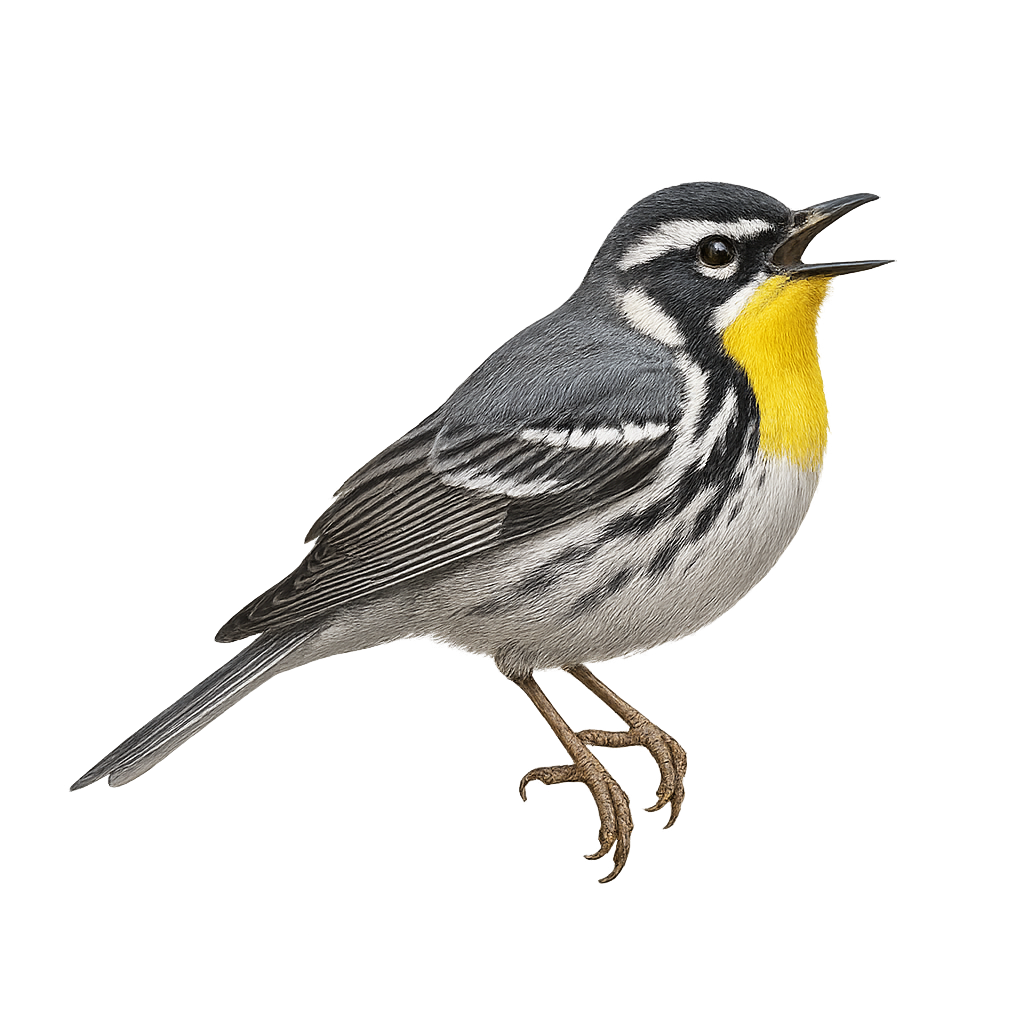Your wildlife photography guide.
Explore the yellow-throated warbler in detail, study its behavior, prepare your shots.
Where to observe and photograph the yellow-throated warbler in the wild
Learn where and when to spot the yellow-throated warbler in the wild, how to identify the species based on distinctive features, and what natural environments it inhabits. The WildlifePhotographer app offers tailored photography tips that reflect the yellow-throated warbler’s behavior, helping you capture better wildlife images. Explore the full species profile for key information including description, habitat, active periods, and approach techniques.
Yellow-throated Warbler
Scientific name: Setophaga dominica

IUCN Status: Least Concern
Family: PARULIDAE
Group: Birds
Sensitivity to human approach: Suspicious
Minimum approach distance: 10 m
Courtship display: April to June
Incubation: 12-13 jours
Hatchings: April to June
Habitat:
coniferous forests, moist woodlands, mangroves
Activity period :
Primarily active during the day, with peak activity in the morning and late afternoon.
Identification and description:
The Yellow-throated Warbler, Setophaga dominica, is a small songbird in the Parulidae family. It is easily recognizable by its bright yellow throat contrasting with its gray and white plumage. Black stripes on its face and wings add to its distinctive appearance. It primarily inhabits coniferous forests and moist woodlands in the southeastern United States. A migratory bird, it winters in the Caribbean and Central America. Its melodious song and aerial acrobatics make it a favorite among birdwatchers. Although its habitat is sometimes threatened by deforestation, it is currently listed as Least Concern by the IUCN.
Recommended lens:
400 mm – adjust based on distance, desired framing (portrait or habitat), and approach conditions.
Photography tips:
To photograph the Yellow-throated Warbler, focus on coniferous forests where it is often active. Use a 400mm or longer telephoto lens to capture details without disturbing it. Be patient and discreet, as it can be suspicious. Morning is ideal for soft light and active singing. Look for natural perches where it might land. Use a tripod for stability and adjust your shutter speed to freeze its quick movements.
The WildlifePhotographer App is coming soon!
Be the first to explore the best nature spots, track rutting seasons, log your observations, and observe more wildlife.
Already 1 439 wildlife lovers subscribed worldwide

